Simon & Schuster will publish memoir by Val Kilmer… Support our news coverage by subscribing to our Kindle Nation Daily Digest. Joining is free right now!
![I'm Your Huckleberry: A Memoir by [Kilmer, Val]](https://images-na.ssl-images-amazon.com/images/I/41BtgN%2BaCnL.jpg) I’m Your Huckleberry: A Memoir
I’m Your Huckleberry: A Memoir
by Val Kilmer
Pre-Order Kindle Price: $12.99
Legendary actor Val Kilmer shares the stories behind his most beloved roles, reminisces about his star-studded career and love life, and reveals the truth behind his recent health struggles in a remarkably candid autobiography.
Val Kilmer has played so many iconic roles over his nearly four-decade film career. A table-dancing Cold War agent in Top Secret! A troublemaking science prodigy in Real Genius. A brash fighter pilot in Top Gun. A swashbuckling knight in Willow. A lovelorn bank robber in Heat. A charming master of disguise in The Saint. A wise-cracking gumshoe in Kiss Kiss Bang Bang. Of course, Batman, Jim Morrison, and the sharp-shooting Doc Holliday.
But who is the real Val Kilmer? In this memoir—published ahead of next summer’s highly anticipated sequel Top Gun: Maverick, in which Kilmer returns to the big screen as Tom “Iceman” Kazansky—the actor steps out of character and reveals his true self.
Kilmer reflects on his acclaimed career, recounts his high-profile romances, chronicles his spiritual journey and reveals details of his recent throat cancer diagnosis and recovery—about which he has disclosed little until now. While containing plenty of tantalizing celebrity anecdotes, I’m Your Huckleberry—taken from the famous line Kilmer delivers as Holliday in Tombstone—is ultimately a deeply moving reflection on mortality and the mysteries of life.


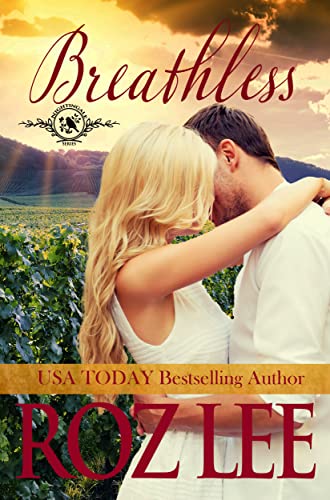
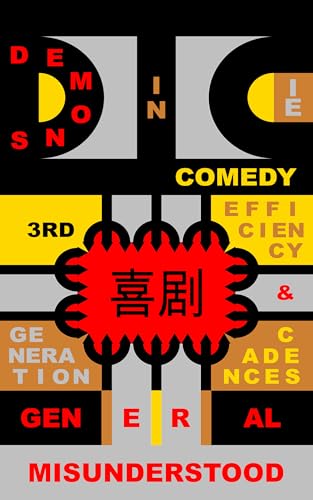

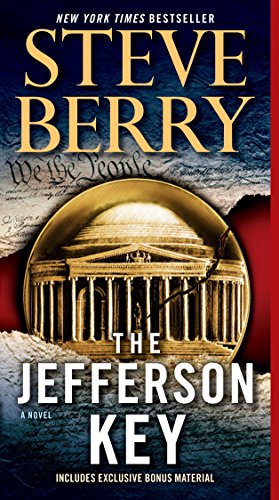
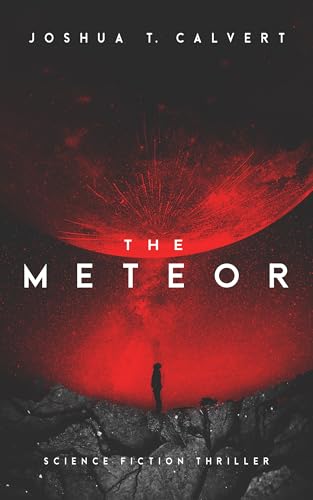
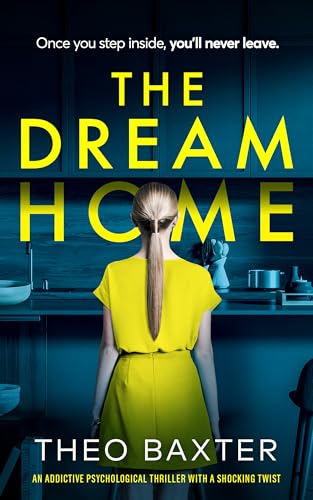
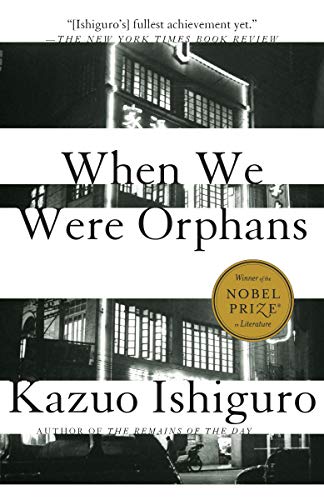
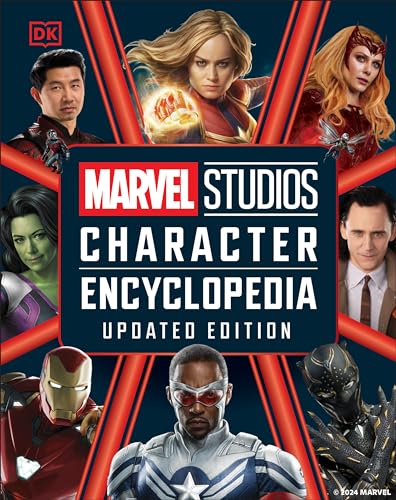

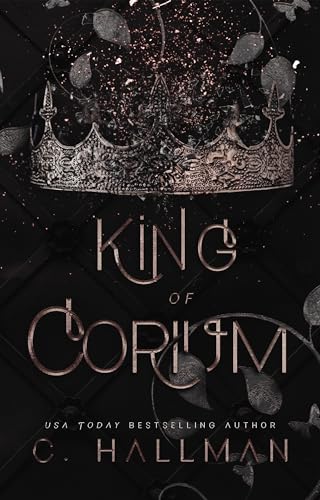




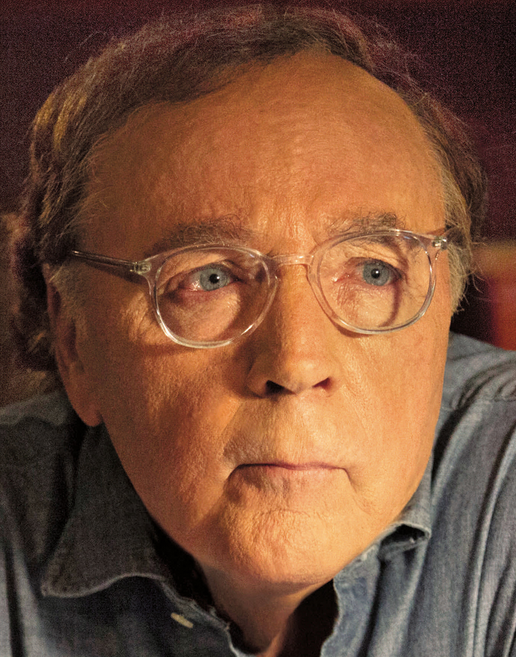
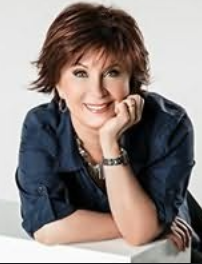
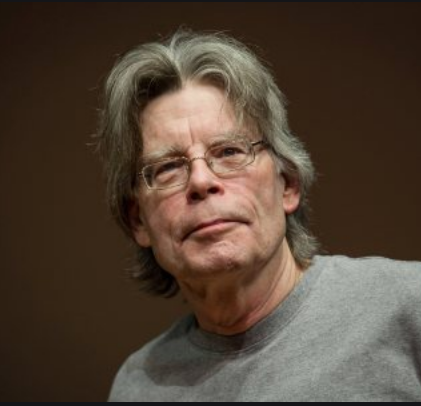


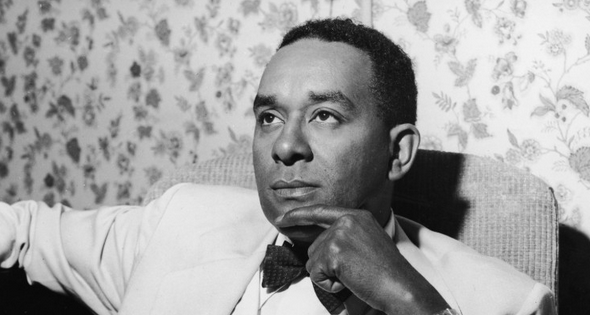
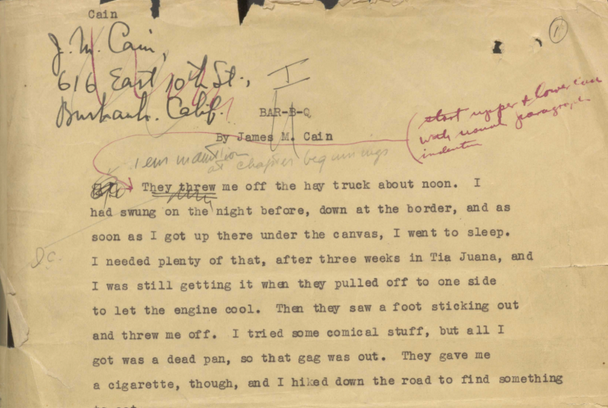

![The Strange Case of Dr. Jekyll and Mr. Hyde (AmazonClassics Edition) by [Stevenson, Robert Louis]](https://images-na.ssl-images-amazon.com/images/I/412g4w4rEqL.jpg)
![The Picture of Dorian Gray (AmazonClassics Edition) by [Wilde, Oscar]](https://images-na.ssl-images-amazon.com/images/I/41VNT4E0rXL.jpg)
![Pride and Prejudice (Dover Thrift Editions) by [Austen, Jane]](https://images-na.ssl-images-amazon.com/images/I/51x37AFMMDL.jpg)
![The Great Gatsby by [Fitzgerald, F. Scott]](https://images-na.ssl-images-amazon.com/images/I/41iers%2BHLSL.jpg)